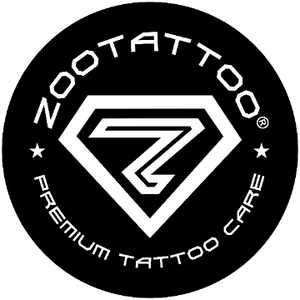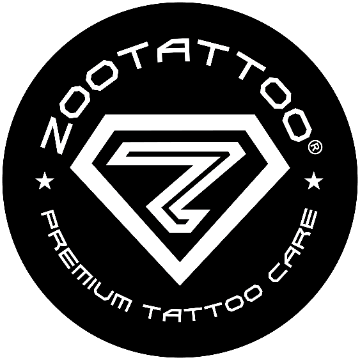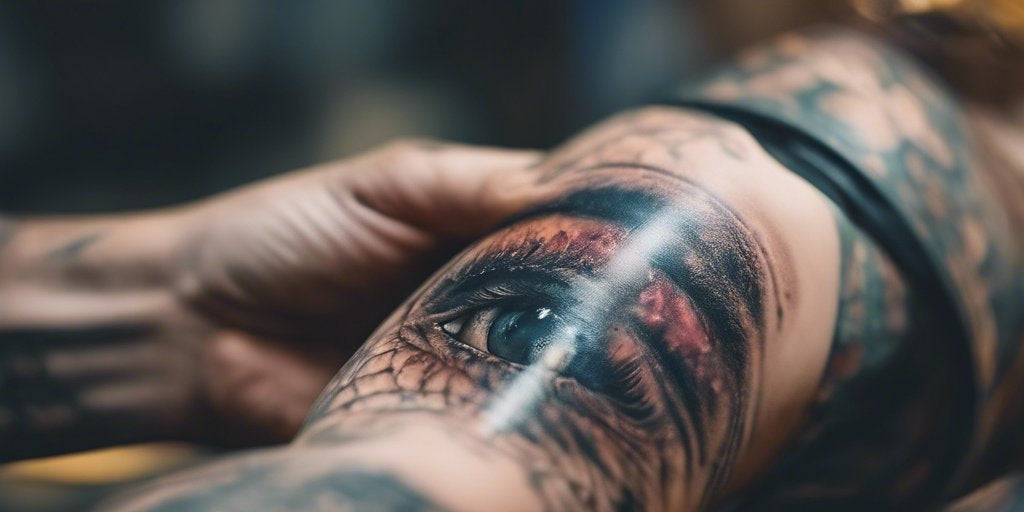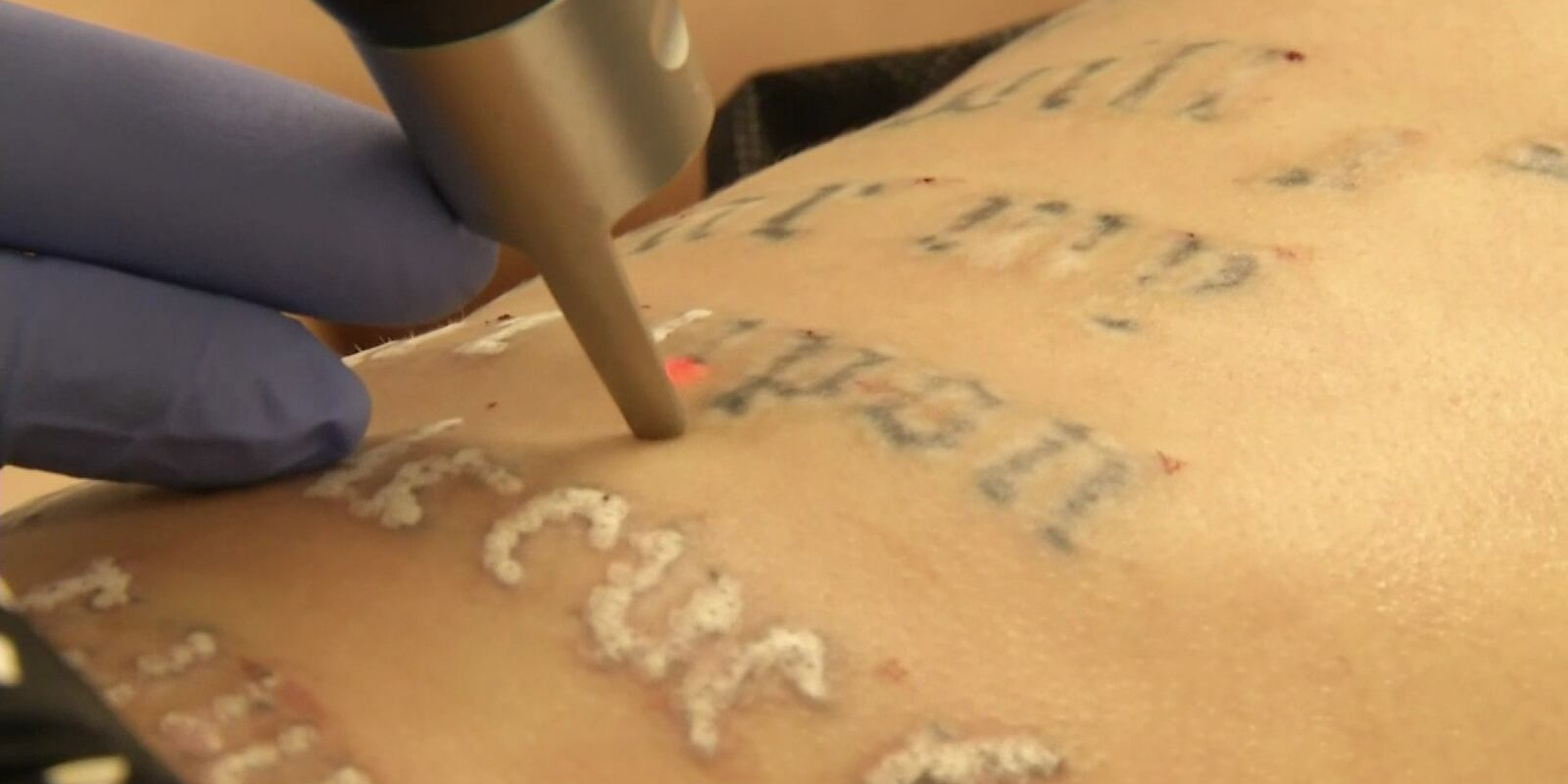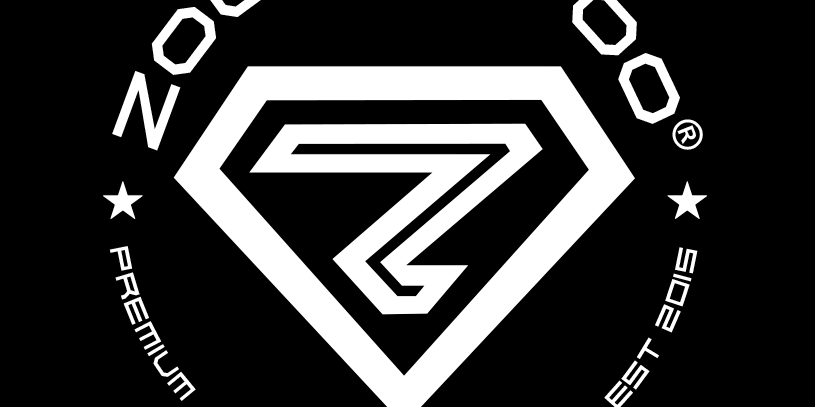The Evolution of Tattoo Art: A Walk Back Through History

Tattoos have been an integral part of human culture for centuries, serving as expressions of identity, artistry, and individuality. From ancient rituals to modern-day fashion statements, the art of tattooing has evolved and adapted to various cultural influences throughout history. In this blog post, we will take you on a journey through the rich and diverse history of tattoo art.
The Origins of Tattooing
The practice of tattooing dates back thousands of years. Archaeologists have discovered evidence of tattooed human remains dating as far back as the Neolithic period, around 5,200 years ago. These early tattoos were likely created using simple tools made from bone or stone, and the ink was derived from natural materials such as charcoal or plant pigments.
Early tattoos often held significant cultural and spiritual meanings. They were used as symbols of status, achievements, and clan affiliations. For example, in ancient Egypt, tattoos were associated with religious practices and were predominantly found on priestesses and women of high social standing.
Tattooing in Ancient Cultures
As civilizations progressed, tattoo artistry became more refined and intricate. In ancient Greece and Rome, tattoos were primarily used to mark slaves and criminals as a form of punishment. However, they were also seen as a sign of bravery for soldiers and a symbol of devotion for worshippers of certain deities.
In Polynesia, the art of tattooing took on a whole new level of significance. The intricate designs, known as tā moko in Maori culture, and pe'a in Samoan culture, not only served as personal expressions but also conveyed genealogy, social status, and cultural heritage.
The Renaissance and Tattoo Revival
During the Renaissance era in Europe, tattoos went through a period of decline. They were associated with criminality and frowned upon by society. However, the practice didn't disappear entirely. Sailors returning from their travels in far-off lands brought with them tales of exotic tattoo traditions, sparking European interest in tattooing once again.
By the 18th century, tattoos had gained popularity among European aristocrats, who adorned their bodies with elaborate designs as a form of self-expression. This revival of tattoo artistry led to the establishment of the first professional tattoo studios in major cities.
The Rise of Modern Tattoo Culture
In the late 19th and early 20th centuries, tattooing became a common practice among sailors, soldiers, and other military personnel. It was during this time that iconic designs such as anchors, eagles, and pin-up girls emerged. These tattoos served as badges of honor, commemorating significant events or illustrating personal beliefs.
Fast forward to the 21st century, and tattoo culture has reached new heights. Tattoos are no longer associated solely with counterculture or rebellion but have become mainstream fashion statements. People from all walks of life proudly wear tattoos as a means of self-expression, honoring loved ones, or simply appreciating the artistry.
The Modern Tattoo Industry
Today, the tattoo industry is a thriving global business. Tattoo artists have become true masters of their craft, combining technical skill with artistic creativity to create stunning and personalized designs. Tattoo conventions, expos, and online communities have also contributed to the growth and recognition of tattoo art as a legitimate form of artistic expression.
Advancements in tattoo equipment, such as improved ink pigments and sterilization techniques, have also made the process safer and more accessible to a wider audience. The availability of specialized aftercare products and resources has further contributed to the acceptance and popularity of tattoos.
The Future of Tattoo Art
As we look to the future, the art of tattooing is poised to continue evolving and pushing boundaries. Technological advancements, such as machine learning and 3D printing, may revolutionize the tattoo industry, allowing for more precise and intricate designs.
The acceptance and recognition of tattoos as a legitimate art form will likely increase, leading to more collaborations between tattoo artists and other creative disciplines. We can expect to see stunning tattoo-inspired works in mediums such as fashion, graphic design, and fine art.
In Conclusion: From Ancient Traditions to Modern Marvels
The history of tattoo art is a testament to the enduring human desire for self-expression and artistic creativity. From the ancient rituals of the past to the thriving tattoo subculture of today, tattoos have made their mark on human civilization.
Whether you are drawn to the spiritual significance of ancient motifs or the modern aesthetics of contemporary designs, the art of tattooing continues to be a powerful means of self-expression. So, embrace the rich history and vibrant future of tattoo art, and let it become a part of your unique story.

This article was brought to you by ZOOTATTOO® The world's premium vegan aftercare balms, creams, adhesive wraps, and cleansers. We only use high quality exotic Australian Organic Hemp Oil and complimentary botanical ingredients for when you're healing tattoos, scalp micro-pigmentation and laser treated skin.You won't look back!
FREE SHIPPING on orders over $100AUD to USA, Australia, Canada, New Zealand, UK, Belgium, Germany, France, Ireland, Switzerland and Netherlands ORDER HERE
** Not redeemable with other promotional discounts.
0 comments
